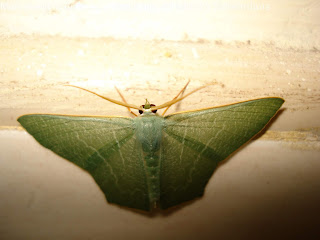 Palaeoenvironmental reconstructions can do by using various evidence, and pollens are the most using micro remain. Pollens can retrieve from environments such as waterlogged or peat bog contexts. However, in the context which basicity is higher, pollen can be rare evidence while remains of snails can preserve in good condition. Analysing land snails provides an insight into the palaeoenvironments, but unlike the pollens, it is usually slightly smaller and more local scale.
Palaeoenvironmental reconstructions can do by using various evidence, and pollens are the most using micro remain. Pollens can retrieve from environments such as waterlogged or peat bog contexts. However, in the context which basicity is higher, pollen can be rare evidence while remains of snails can preserve in good condition. Analysing land snails provides an insight into the palaeoenvironments, but unlike the pollens, it is usually slightly smaller and more local scale.
According to Michael Allan, the early pioneers of the land snail analysis in archaeology were conchologist Alfred Santer Kennard and BB Woodward. Though they did report shells that found from archaeological contexts and examined its usage on rainfall, moisture and humidity reconstructions, the vegetation cover vs land use pattern studies were not subjected to their consideration. Then, BW Sparks and Michael Kerney introduced the usage of land snails to study the significant climatic changes occurred between and within the glacial and interglacial environments. Finally, in 1972, John Evans published a seminal publication titled 'Land snails in archaeology', opened a new sub-discipline in archaeology.
Some principals
Lands snails provide representative evidence of vegetation structure and indicate
Lands snails provide representative evidence of vegetation structure and indicate
- the quantity of shade
- ground moisture or cover
- presence of woodland
- openness
- the occurrence of leaf litter
- etc....
While pollens show the presence of individual species, land snails provide an insight into the overall vegetation structure.
When analysing the lands snails, the following basics should have a concern (adapted from Allen, 2017,9),
- Shells of land snails are made with calcium carbonate and aragonite.
- The chemical content of the shells allows them to preserve and survive in calcareous deposits.
- If excavated vigilantly, shells can retrieve without broke.
- Shells often can be seen by the naked eye or using a microscopic sorting
- The shells can be counted for NISP and identifications can be made to taxa and often to species level.
- Analogical thinking!. Shells from archaeological sites often considered as belonged to the animals lived in the same environmental conditions as their modern counterparts.
- Every single species has their own preference for food, habitat and environment.
- Examing all the shell species from a context as a single unit may provide a proper insight to reconstruct the palaeo-ecology.
- Ecology of a species can represent a micro-environment and the nature of vegetation. This relates to the past local environment and land use.
- When processed in a sequence, the samples will show a profile of local land use history.
- When samples collected from several sites from a single area and analyses, it will provide a proper land use pattern within a local landscape.
🐌= specific habitat + ecological niche + food requirements
⏟⏟⏟past ecology
Ecology of snails = microhabitat, vegetation, shade, moisture, microenvironments, food, competition and predators
Fauna ⇄ Vegetation structure
↓
Related to the land-use
Changes of the vegetation cover can be a long-term climatic change or an anthropogenic or both.



































